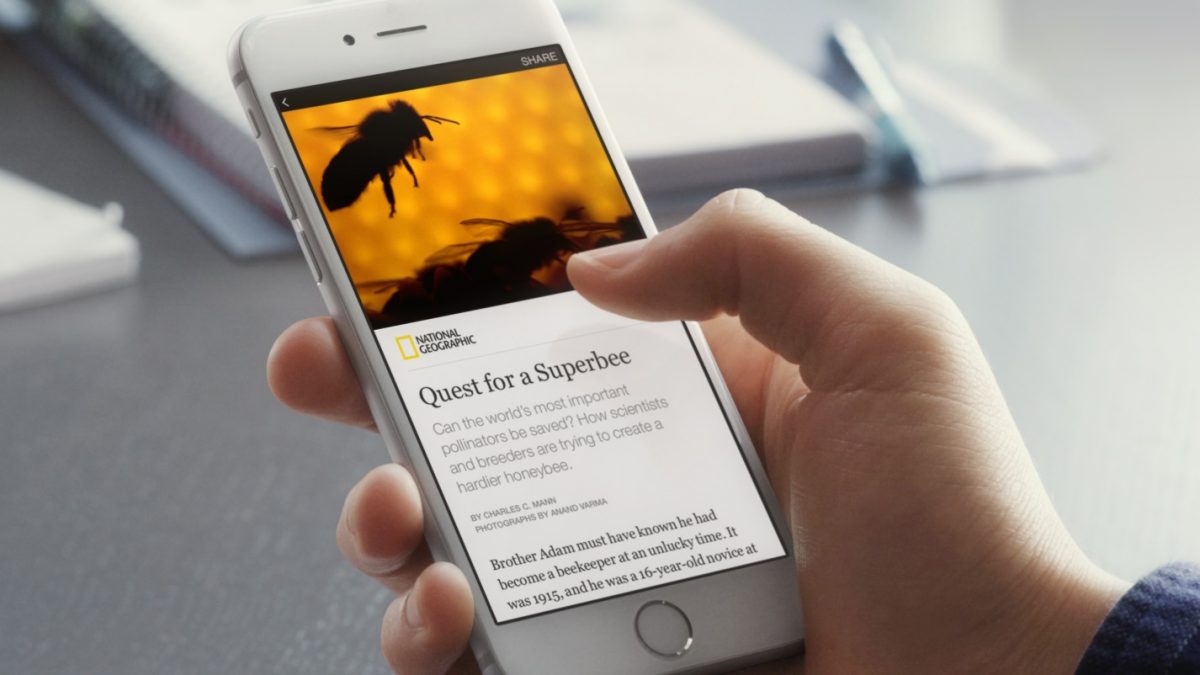
SkyRocket Group’s Summer Must-Reads
May 28, 2015
4 Things Your Summer BBQ Can Teach You about Inbound Marketing
June 10, 2015Facebook has recently unveiled a new way for users to consume content—Instant Articles. Instant Articles allows users to read articles from various publishers without ever actually leaving Facebook. Facebook aims to reduce the time it takes for articles to load and create a more immersive reading experience.
This all sounds great from a user standpoint, but what will it mean for content marketing?
There are a few pros and cons to opting into this new feature.
Pro: Consumer Centric
Consumer control is the fundamental premise of inbound and content marketing. Instant Articles is designed to facilitate sharing content. Ultimately, your business aims to grow by reaching a new pool of consumers. This is a frustratingly difficult task, but when users share your content with their friends and followers, you’ll be able to reach that coveted audience more easily and organically.
Con: Loss of Control
Marketer’s biggest criticism of Instant Articles boils down to loss of control. Running your website gives you full control of how your content marketing will appear and allows you to cultivate a strong bond between readers and your business. Facebook has the power to leverage what content is featured in a user’s news feed. Some fear that by not participating in Instant Articles, Facebook will direct traffic to competitors that have opted for their tool.
Pro: Branding
Content marketing is partially about branding. With that in mind, Facebook is still allowing publishers to retain some control of how their article will appear. A New York Times article will appear differently than a BuzzFeed story or a blog post. It will include company logos predominantly at the top, so readers will still be able to create a connection between the content and the company.
Con: Fewer Inbound Links
Part of optimizing your content marketing for search engines entails links from other sites to your content. When Google’s search algorithm sees more links to your content, it will place your site higher in the results page. However, with Instant Articles, sharing and linking is contained completely within Facebook. Marketers run the risk of trading Facebook traffic for less search engine traffic.
Furthermore, in a typical website set up, when a reader visits a page, they’ll also see links to other relevant content within the site. This encourages them to explore the company website. With Instant Articles, the premise is that users will read an article and return to their feed, where they’ll find more articles from different sites. This can inhibit the ability for users to naturally discover content marketing through company websites.
Pro: Analytics
In order to understand the effectiveness of content marketing, many companies rely on analytics. Facebook kept this in mind while creating Instant Articles, so companies can still use third-party tools, like Google Analytics and Omniture, to measure their articles’ traffic.
Con: Conversion
Marketers have a much different goal when it comes to sharing their content compared to mainstream media publishers. Publishers like the New York Times make money based on high volume of clicks on their articles, which drives ad revenue. Markets need to not only attract attention, but actually convert that attention into a sale. This can be much more difficult with Instant Articles, where the focus is more on the story and less on the publisher of the content.
There are many pros and cons, but currently only a few publishers have been a part of the launch and the feature is only available on the iPhone Facebook app. It seems too soon to tell how Instant Articles will impact content marketing in the long run.




